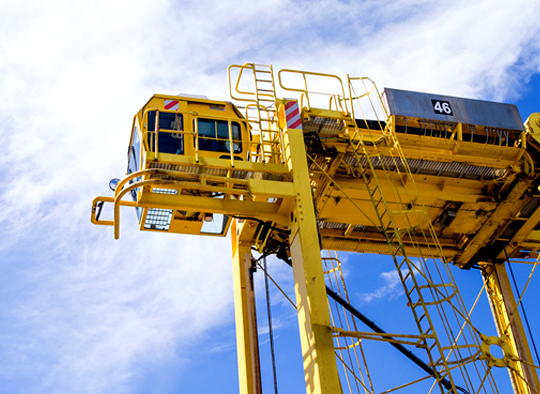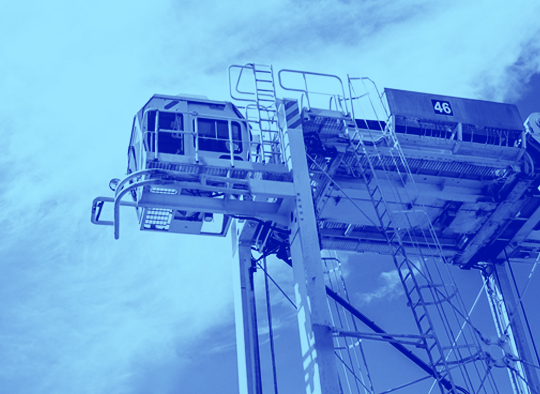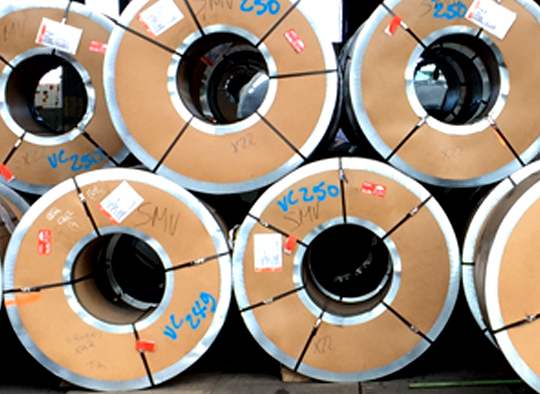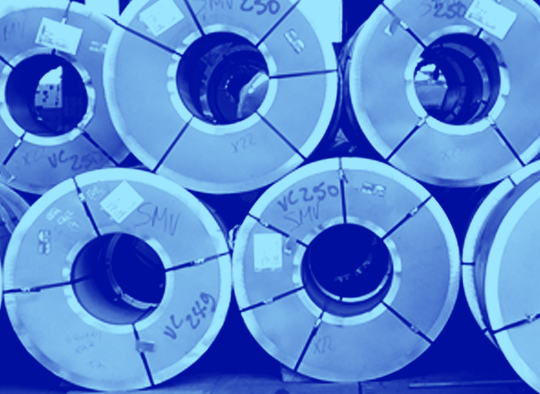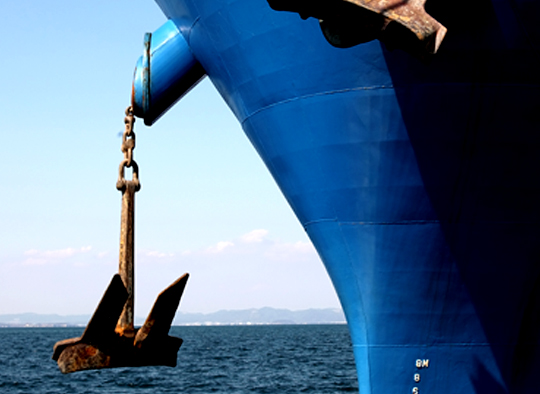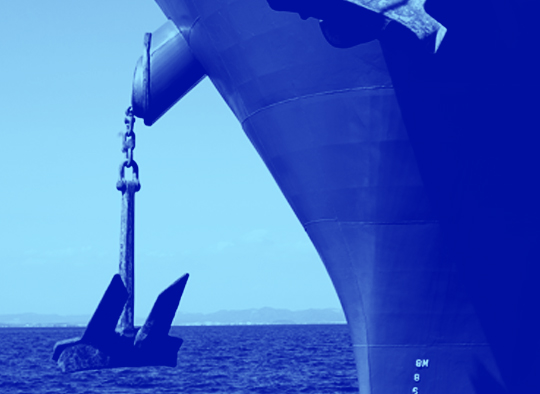Port charts new commercial territory with Master Terminal
“Ports ask terminal systems to do more than they used to. Our IT systems must be savvy.”
Graeme Pont
Port Otago
Port companies strive to deliver friendly, fast-turnaround port services while dredging, infrastructure investment and even joint ventures between ports and customers spice up competition. No less significant is a technology revolution helping turn ships around faster. With Master Terminal, Port Otago is working smarter and faster.
One of the largest reefer handling port in the southern hemisphere (with 1,850 reefer points), it’s also New Zealand’s deepest container port. Its four terminals, including inland satellite depots and a 4,000-container port yard, link Otago’s economy to the world.

The birth of multi-terminal management
Years ago, Port Otago mainly dealt with shipping lines. But as times changed, smart terminal management systems with community-wide access became key. Ports adopted distributed systems to manage more day-to-day workflow, then engaged large exporters and importers. The 90s were heady times for IT, as enterprise software automated processes and linked back and front offices. This watershed period drew Graeme Pont to a lead role in implementing Master Terminal, seeing Port Otago achieve a world first by running a terminal management system 24/7 on a Windows/Intel system. Pont worked closely with Jade Logistics, back in a time of green screens and paper printouts of plans.
“We’ve come a long way from the first system,” he said. “the developers spent a lot of time understanding our processes and built the flexibility we required. Issues like weather, breakages and ship delays make port logistics extremely complex, and affect planning and pre-planning. So it requires a diverse software package.”
Today, after almost 20 years, Master Terminal is still helping run Port Otago’s multi-modal operation which exports dairy, meat, fish, and agricultural products with a combined throughput of around 150-200,000 TEUs.
Need for speed
Time is money, and there are huge amounts at stake the moment a ship docks. One day’s delay can cost thousands of dollars and lead to missed connections. Speed and accuracy are crucial, with many interdependent processes underpinning the logistics. Pont explains: “Productivity is the big driver. No one wants to deal with a slow turnaround operation, because disruptions have costly ripple effects. Exchanging information in advance is critical. Yard planning depends on our systems talking to exporters, service providers, transporters, and pack points. We’re part of a chain and the last thing you want is a mad scramble to sort out where to put cargo. Good management of logistics is extremely important.”
Jade Logistics and the art of user-defined interfaces
The system coordinates services like stevedoring and depot services, warehousing, marine services, and port facilities management. Core software functions manage planning, cargo loading and unloading, a warehouse operation, an in-house packing system, an empty box depot and pack points, reefer monitoring, and reporting for control authorities and security audits. This requires many interfaces – a process Pont credits Jade Logistics for making easy. “The strength of Master Terminal is the scope for users to build interfaces. We’re able to map XML files from our terminals and bring cargo notifications directly into Master Terminal.”
Master Terminal handles more than 90 EDI formats. Its user-definable EDI processing engine defines new messages and maps data to standard messaging structures.
Thin-client technology lets Port Otago customers and logistics partners easily check the progress of exports and empty container release requests. A secure website lets cargo owners check clearance and availability.
Going mobile
Workers are more productive with the right tools at their fingertips, so Master Terminal extends to mobile devices. Straddle operators, for example, tap an in-cab screen for the precise location of container pickup and drop-off, while stevedores use handhelds to locate containers, right down to vessel box lot.
The difference for Port Otago
Master Terminal is key to Port Otago’s point of difference. Managers require an overview of the entire operation, so Jade Logistics’ multi-terminal system gives an instant picture of their operation, along with quick ways to add new features and interfaces.
“The way ports operate is changing, and asks terminal systems to do much more than they used to. To communicate with importers, exporters and control authorities, our IT systems must be savvy. Smart interfaces are key, and this is a strong feature of Master Terminal.”

